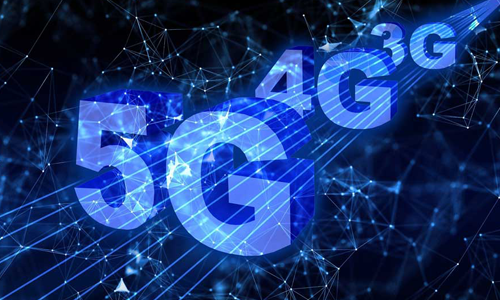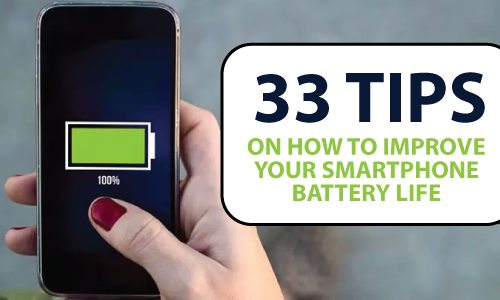There’s no doubt that Technology is getting advance day by day. When you think of technology there’s a good chance you think of physical things like big machines or fast computers. The use of the word Technology has really grown in popularity since the 1950s. It creates from the Greek for art or craft, teckne and logia relating to study. Together these words became Teknologia meaning the systematic treatment.
Let’s talk about one of the latest technology, 5G. 5G is the 5th generation mobile network. It is a new global wireless standard after 1G, 2G, 3G, and 4G networks. 5G supports a new kind of network that is designed to connect almost everyone and everything together including machines, objects, and devices. 5G is expected to have a transformative effect on digital connectivity and power the rise of IoT devices, driverless cars, data transfer and the consumer tech of the future.
5G is an investment for the next era, and in earlier mobile transitions, we've seen most of the big changes happening years after the first publication. Take 4G, for example. The first 4G phones in the US appeared in 2010, but the 4G applications that changed our world didn't appear until later. Snapchat came in 2012, and Uber became well-known in 2013. Video calls over LTE networks also became big in the US around 2013.
Who Invented 5G?
No single company or person owns 5G, but there are numerous companies within the mobile ecosystem that are contributing to bringing 5G to life. Every Company has played a major role in inventing the many initial technologies that drive the industry forward and make up 5G, the next wireless standard.
What makes 5G different?
5G runs on the same radio frequencies that are currently being used for your smartphone, on Wi-Fi networks and in satellite communications, but it enables technology to go a lot further.
Beyond being able to download a full-length HD movie to your phone in seconds, 5G is really about connecting things everywhere – reliably, without delay – so people can measure, understand and manage things in real time. This has huge potential – and together, we will take it to the next level.
Differences between the previous Generations & 5G:
The previous generations of mobile networks are 1G, 2G, 3G, and 4G.
First generation - 1G
1980s: 1G delivered analog voice.
Second generation - 2G
Early 1990s: 2G introduced digital voice.
Third generation - 3G
early 2000s: 3G brought mobile data.
Fourth generation - 4G LTE
2010s: 4G LTE helped in the era of mobile broadband.
1G, 2G, 3G, and 4G all led to 5G, which is designed to provide more connectivity than was ever available before.
5G is a joined, more capable air interface. It has been designed with an prolonged capacity to enable next-generation user experiences, allow new deployment models and bring new services.
Is 5G better than 4G?
While 4G LTE focused on providing much faster mobile broadband services than 3G, 5G is designed to be a combined, more capable platform that not only raises mobile broadband experiences, but also supports new services such as mission-critical communications and the massive IoT. 5G can also support all spectrum types (licensed, shared, unlicensed) and bands (low, mid, high), a wide range of placement models (from traditional macro-cells to hotspots), and new ways to interconnect (such as device-to-device and multi-hop mesh).
Establishing a new global wireless standard for speed, 5G network builds a bridge to the future.
























